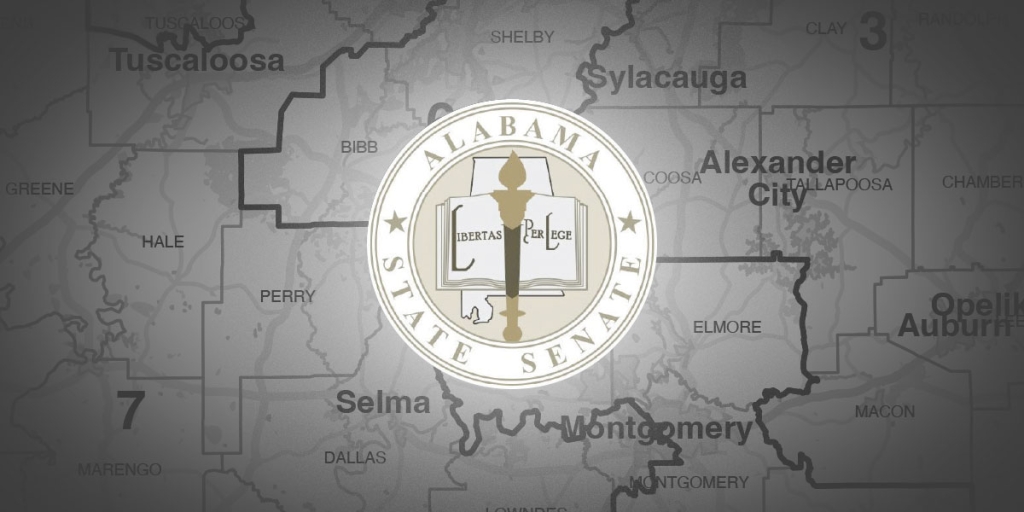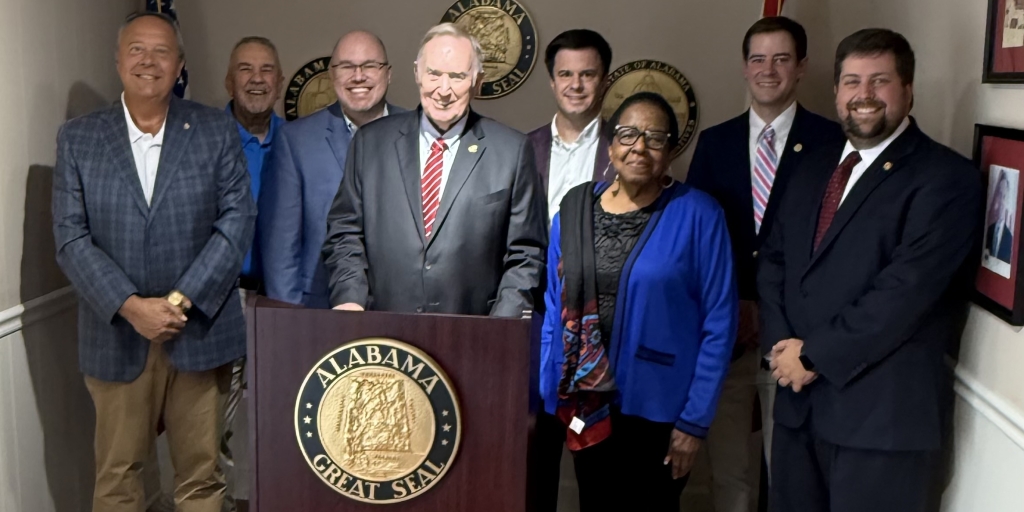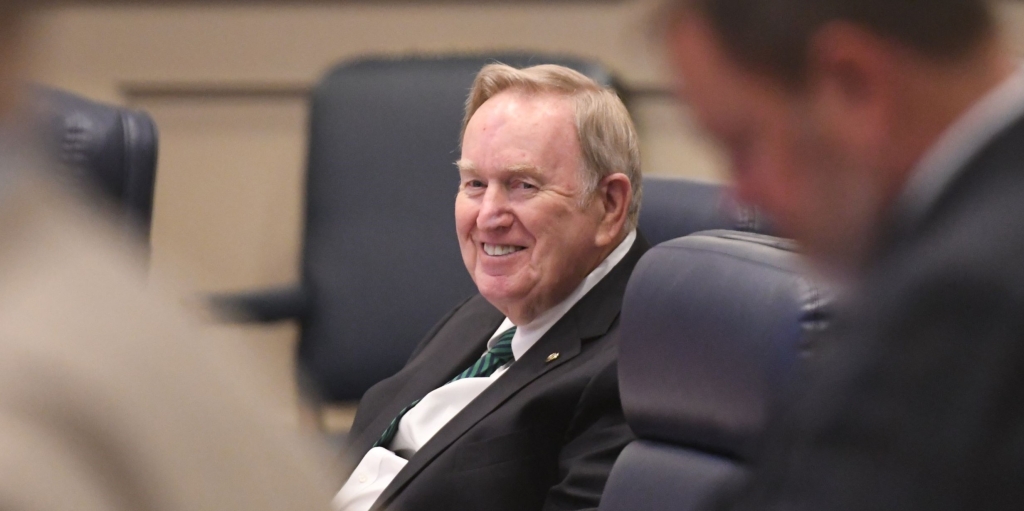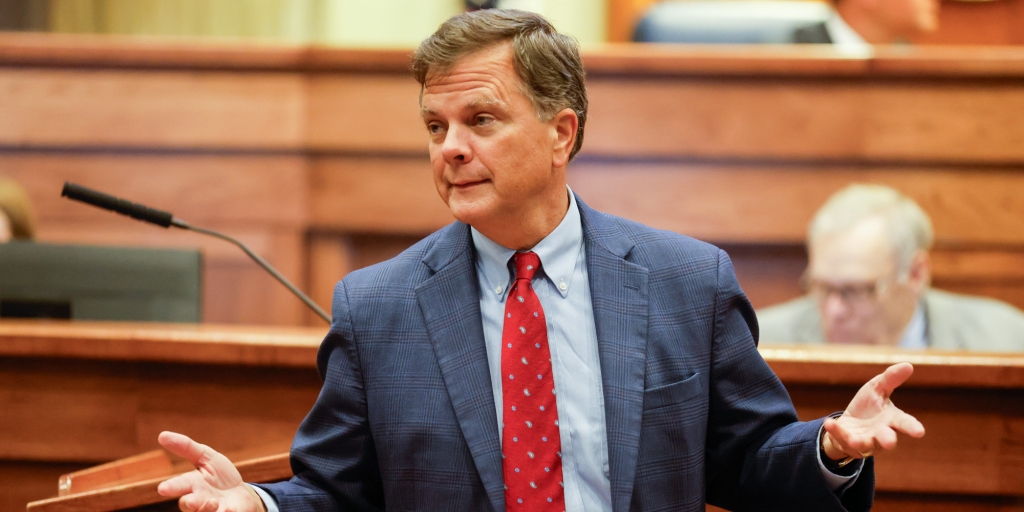As redistricting legal battles continue to play out across Alabama’s local, state and federal levels, a final ruling has been issued to settle the question of which remedial map would be imposed on state legislative district lines – now less than 200 days until the 2026 primary elections.
On Monday, U.S. District Judge Anna Manasco ordered Alabama to use Remedial Plan 3, drawn by a federal special master in lieu of lawmakers convening to propose their own map, for State Senate elections.
Among the three options proposed earlier this month, Plan 3 is well-established as the option that makes the fewest changes to the Legislature’s 2021 lines while curing the Montgomery-area defect the court previously found.
Plaintiffs in the case, namely the NAACP, pushed for a far broader statewide redraw. After the court rejected their Huntsville claim and declined their preferred changes, they are now left with the court’s decision to only augment two Montgomery-area seats.

“This plan satisfies all constitutional and statutory requirements while hewing as closely as possible (indeed, very closely) to the Enacted Plan,” Manasco wrote in Monday’s ruling.
The order directs the Alabama Secretary of State to run the 2026 and 2030 Senate cycles, and any intervening specials, under Plan 3.
Manasco grounded the choice in a very clear directive from the Supreme Court: Courts must take the smallest bite possible out of a state’s map when they’re forced to step in.
The court “must not ‘pre-empt the legislative task nor intrude upon state policy any more than necessary.’” And just as important, the court “cannot authorize an element of an election proposal that will not with certitude completely remedy the Section 2 violation.”
Judge Manasco also made plain this is an “unwelcome obligation” – not an invitation to rewrite Alabama’s politics, writing that redistricting “is a legislative task which the federal courts should make every effort not to pre-empt,” and the court acts within bounds only if its changes are “limited to those necessary to cure” the defect previously found in the Montgomery area.
“The ultimate right of [Section 2] is equality of opportunity, not a guarantee of electoral success for minority-preferred candidates of whatever race.”
That’s the legal bar she says Plan 3 clears, while leaving 97.6% of voters in place and altering only two districts: District 25, currently held by State Sen. Will Barfoot (R-Pike Road), and District 26, currently held by State Sen. Kirk Hatcher (D-Montgomery).
As Yellowhammer News has reported extensively, this fight unfolds against a live Supreme Court re-hearing in Louisiana v. Callais that could dramatically narrow how race may be used in redistricting.
Alabama officials are positioning the state to mitigate chaos as the Supreme Court weighs a final ruling.
In September, Governor Kay Ivey declined to call a special session for legislators to draw a new map to remediate the State Senate map, which received its final remedy in Plan 3 from Judge Manasco this week.
Such a move would have delayed today’s ruling by months – which still stands to be overturned as a byproduct of Louisiana’s potential transformation of Section 2.
Earlier this month, legislative leadership pre-filed a bill for the 2026 legislative session, which begins in January, to run targeted special primaries only in districts changed by a court or the Legislature as late as August – possibly including Alabama’s 1st and 2nd Congressional Districts and Alabama State Senate Districts 25 and 26.
Grayson Everett is the editor in chief of Yellowhammer News. You can follow him on X @Grayson270.












